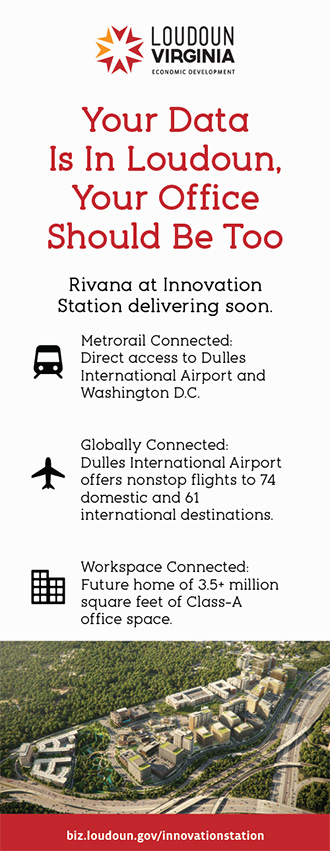In his role at Digital Realty, Erich Sanchack is responsible for global portfolio operations and construction, cybersecurity and government relations, as well as supply chain operations. Throughout his career, Sanchack has had extensive experience in operational and business development roles in the technology and telecommunications industries, including building and operating data centers, and has held executive positions at firms like Lockheed Martin and CenturyLink Federal Solutions. A former Captain in the US Marine Corps, Sanchack served in Finance & Operations and completed multiple overseas deployments. Currently sitting on multiple board of directors, he has been repeatedly recognized for his efforts to drive technology innovation and positive community impact.
Data Centers globally consumed around 1 percent of the world’s electricity in 2010 and around 3 percent in 2018. This is expected to grow to around 13 percent by 2030. What concerns does this present to our industry? What do you think are the steps that can be taken to alleviate those?
The digital economy and its fundamental growth is driven by data centers. Businesses of all types, but especially in the data center industry, need to modernize their infrastructure to support a larger growing number of users, clouds, data gravity demands and network performance, without increasing—and hopefully negating—electricity consumption by being as efficient as possible. As data centers continue to grow, we are seeing energy use grow at a much slower pace. The in-house data centers have been displaced by outsourced third-party data centers and cloud providers who run much more efficiently than the in-house data centers.
We have a very advanced strategy and roadmap that allows us to lead the change, as opposed to being reactionary to it. In 2020, our Operations team performed energy audits on 23 percent of our global managed portfolio by square feet, targeting projects at properties that would deliver significant efficiency and cost savings. Implemented projects resulted in an estimated 21,800 MWh and $2.4 million in energy efficiency savings, equivalent to the electricity needs of 2,500 homes for one year. We have exceeded our 2020 Power Usage Effectiveness (PUE) improvement targets, achieving 11 percent improvement.
Data centers have become some of the largest consumers of renewable energy. How will large providers’ green strategies make clean energy more available and affordable?
We are one of the largest buyers of renewable energy among data center providers and have certified more green buildings than any other data center provider. Our scale enables us to buy cost-competitive renewable energy at utility scale, which is making more clean energy available to more and more of our customers. We doubled green power use between 2019 and 2020.
We utilize 100 percent clean power in Europe, with 50 percent renewable power supply globally. By 2018, we were the largest participant in the US DoE’s Better Buildings Challenge, and we exceeded our 20 percent energy efficiency target ahead of schedule. As an example, if you look at our Greater Dallas portfolio, it will be powered by approximately 70 percent renewable energy by the end of 2021, made possible via the two renewable energy contracts that we announced last year. Our agreement with Citi will provide over 260,000 MWh of renewable energy annually, representing 55 percent (89MW) of the wind generation project output being developed by Bearkat Wind Energy II, LLC. And our new long-term power purchase agreement sources 65MW of solar power from Pattern Energy’s Phoenix Solar Project located in Fannin County, Texas. Our overall renewable energy efforts have resulted in 2.3 million metric tons of CO2 equivalent emissions (MtCO2e) avoided in 2020, enough to power 415,000 US homes annually.



